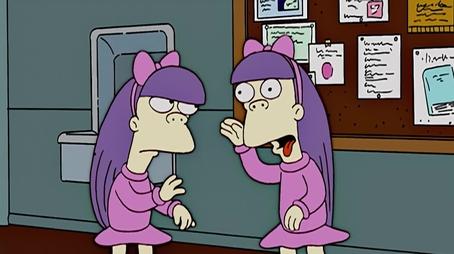
Sorry, we have not watched this yet.

Marge is shunned after Homer has an altercation with the Easter Bunny at the mayor's egg hunt. A lonely Marge joins a women's group who plan to steal $1 million from Mr Burns.
Sorry, we have not watched this yet.